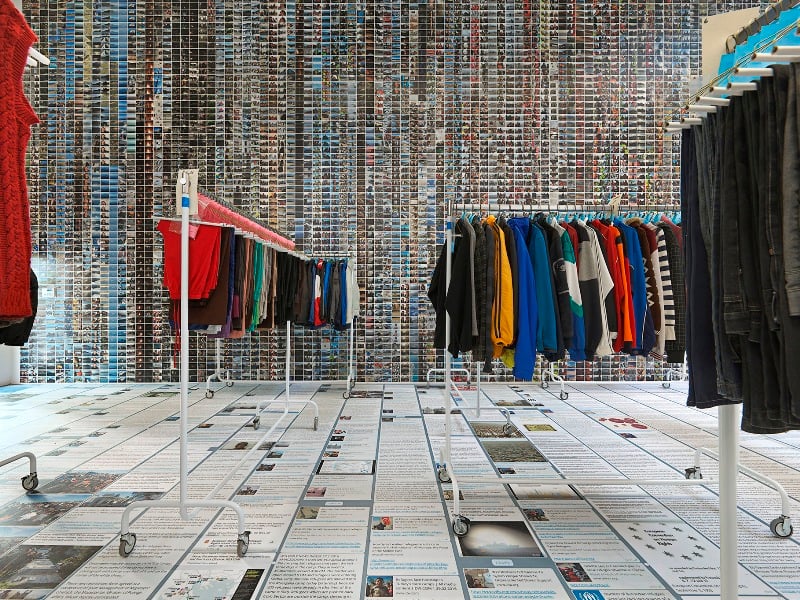For the past twenty years or more, Chinese artist Ai Weiwei has been a major voice of opposition, creating works with an international outlook and on an enormous scale. Decrying inequality and oppression, Ai has made an impact in his homeland and around the world in recent years despite the fact that he was detained in China by authorities from 2011 through July 2015, when his passport was returned. Since then his output has been even more prodigious than before. The organization and operation of his studio must resemble that of a small country. It takes four major New York venues, for instance, to contain just some of his most recent projects. Encompassing a diverse group of sculptures, installations, photo works and video, all of the presentations on view are visually engaging and thematically compelling.
At Lisson and Mary Boone galleries in Chelsea, Ai presents life-size tree trunks and tree roots made of cast iron. The monumental Tree at Boone is a composite, cast from various tree fragments gathered from the mountains of Southern China. The works are convincing realist sculptures, and generally appealing as such, but by rendering fragile organic matter in rusting metal, Ai makes a wry statement about the increasingly dire conflict between nature and industrialization. Mary Boone’s midtown space features on the floor surrounding a pillar a circular assemblage of 40,000 broken teapot spouts. From a distance they appear as ceramic fingers, a motif which is echoed in the wallpaper design, which features a repeated image of the quintessential protest gesture—an extended middle figure.



No hay comentarios:
Publicar un comentario